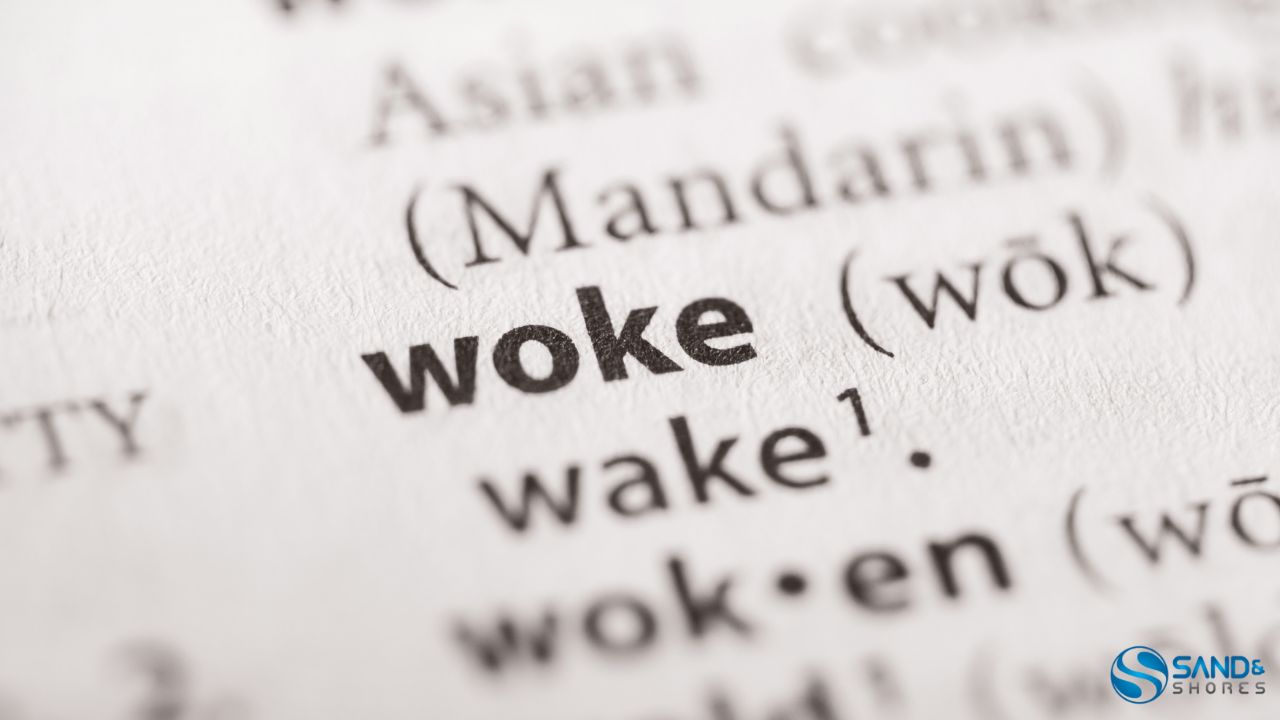By Tonya McKenzie | Chief Control Officer, Sand & Shores
Let’s talk about what really happened to the word woke. Not the memes. Not the political sideshow. The actual strategic communications playbook that was run to co-opt a cultural term rooted in truth and turn it into a punchline and insult.
Woke wasn’t always controversial. It was Black vernacular. A signal. A shield. It meant stay alert, stay alive, and stay aware of the systems working against you. It was the kind of language that saved lives and started conversations. But when the word started to go mainstream, showing up in academic spaces, policy conversations, corporate DEI, and media coverage, it became a threat to those benefiting from status quo narratives.
So conservative media and Trump’s MAGA fanatics flipped it.
They ran a full-on co-opting campaign—and here’s how:
- Repetition: Conservative commentators and media outlets said woke so much, it became a chant. Not with accuracy, but with intent to desensitize and redefine.
- Reframing: They turned it from a marker of awareness to an insult. From consciousness to cluelessness. From a culture-driven call for justice to a convenient scapegoat for any policy or person they didn’t like.
- Ridicule: Satirical shows, headlines, late-night segments—humor was weaponized to make woke seem silly. Because once you mock something, you don’t have to respect it.
- Reassignment: They slapped woke onto everything they opposed: education reform, inclusive ads, climate policies, LGBTQ+ rights. Suddenly, being thoughtful was being “too woke.” Y’all see the game, right?
This was not accidental. It was communications warfare. And for those of us in PR, media, branding, or leadership, the lesson is crystal clear:
If you don’t control your narrative, someone else will. And it won’t be in your favor.
Here’s How You Can Apply This to Your Brand or Business:
🔹 Audit Your Language: Are you using clear, value-driven terms that actually reflect your mission? Or are you borrowing buzzwords without ownership? Don’t let algorithms or culture vultures define your voice.
🔹 Be Proactive With Definitions: If you stand for equity, justice, or change, define what that looks like for your brand. Don’t wait for a critic or a TikTok trend to twist your words into something you didn’t mean.
🔹 Have Receipts: If you’re going to use charged or co-opted language, like “woke,” “ally,” or “resilient”, you better have the work, the impact, and the consistency to back it up.
🔹 Train Your Team: Your interns, your execs, your social media manager, everyone needs to be aligned. Internal language alignment protects external brand reputation.
Bottom line? Words are power. And in this climate, every brand, every professional, and every leader is in the storytelling business. Don’t just speak. Define. Defend. Deliver.
Because when you let your language get hijacked, you lose control of your message. And if you lose that, you lose your leverage.
Stay sharp. Stay intentional. Stay woke—on your terms.
Want help protecting and strengthening your brand narrative? Let’s connect. It’s what we do at Sand & Shores.

Follow Sand & Shores on Instagram and LinkedIn
For media inquiries or if you would like more information about this topic, please contact Tonya McKenzie at tmckenzie@sandandshores.com | Twitter/X: @TonyaMcKenziePR | Instagram & Threads: @TonyaMcKenziePR

